Harmonious Phobjikha
I will now continue my story of fascinating Phobjikha valley, about which I said “Every season the valley is in different a mode and mood”. This time I will tell the tale of the transition period – the end of winter and beginning of spring in Phobjikha valley.
If I did not mention it earlier, Phobjikha is the biggest high altitude wetland of Bhutan and the winter home of the vulnerable black-necked crane. These rare and graceful birds migrate from their breeding grounds in Tibet to winter in Bhutan and roost in the country until spring. And Phobjikha is one of their most important winter homes.
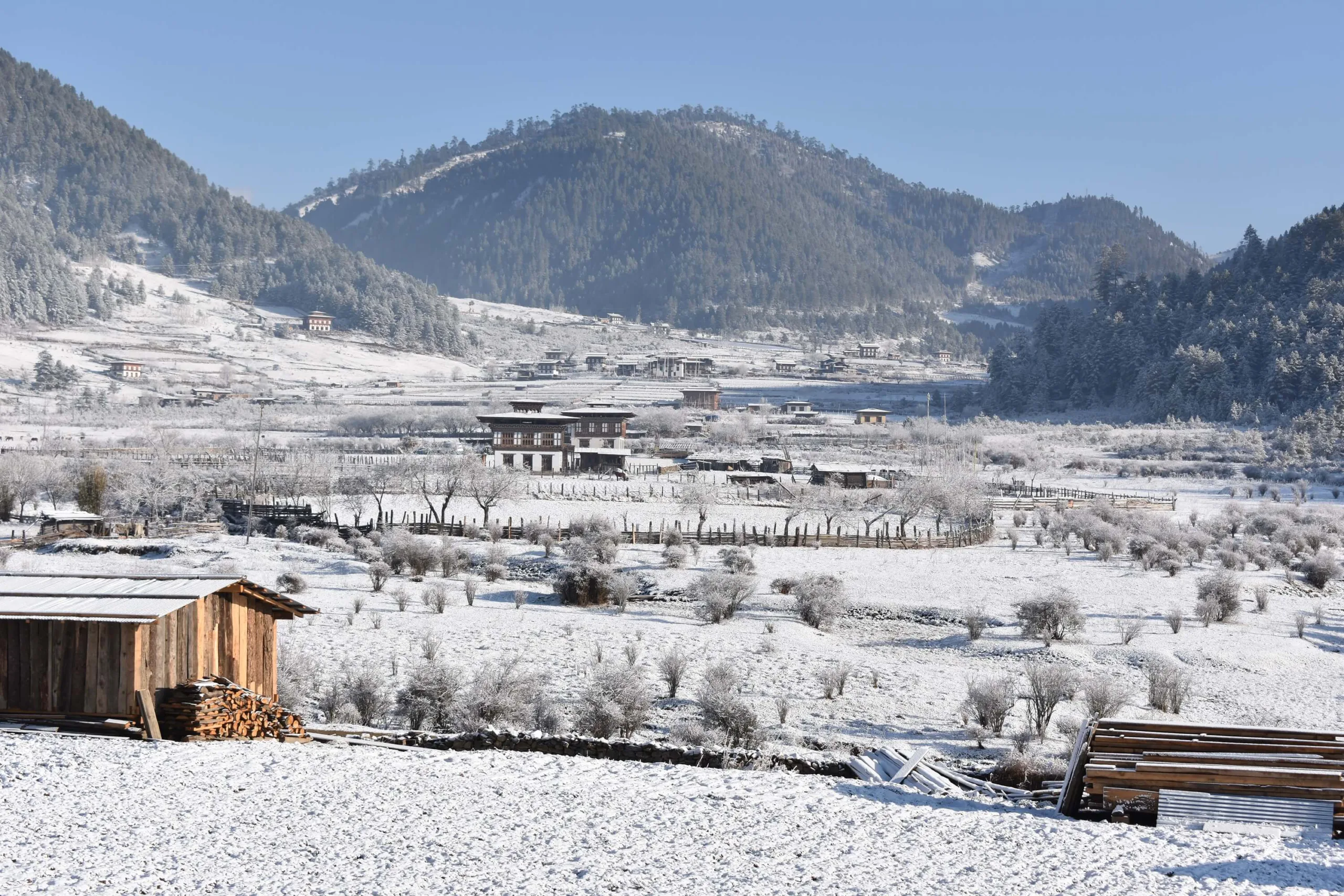

The black-necked crane was once listed as an endangered bird species in the International Union for Conservation of Nature’s Red List of Threatened Species and now is categorized as vulnerable. The bird species is legally protected in Bhutan. The local records maintained by the Royal Society for Protection of Nature (RSPN) show that the number of these migrant birds has been consistently increasing every year. More than anything, the valley displays the most important aspects of Gross National Happiness, exemplified by harmonious relationships between nature and man. Harmonies because the vulnerable migrant birds’ number is increasing, the semi-market economy (potato farming along with high crops, vegetables and livestock, employment in high end resorts) provides optimal livelihood options for local residents, and there is a spiritual connection between people, cranes, and religious beliefs and monuments.
To unearth these intricate relationships, we set out on a field exercise with the students: the entire SFS students divided into groups of four according to different roosting sites and each group counted the number of cranes in their respective areas and later added up the numbers for the entire valley, sharing the findings from the exercise with local stakeholders. Our combined number was 494 cranes, whereas the local data compiled by RSPN was 458.
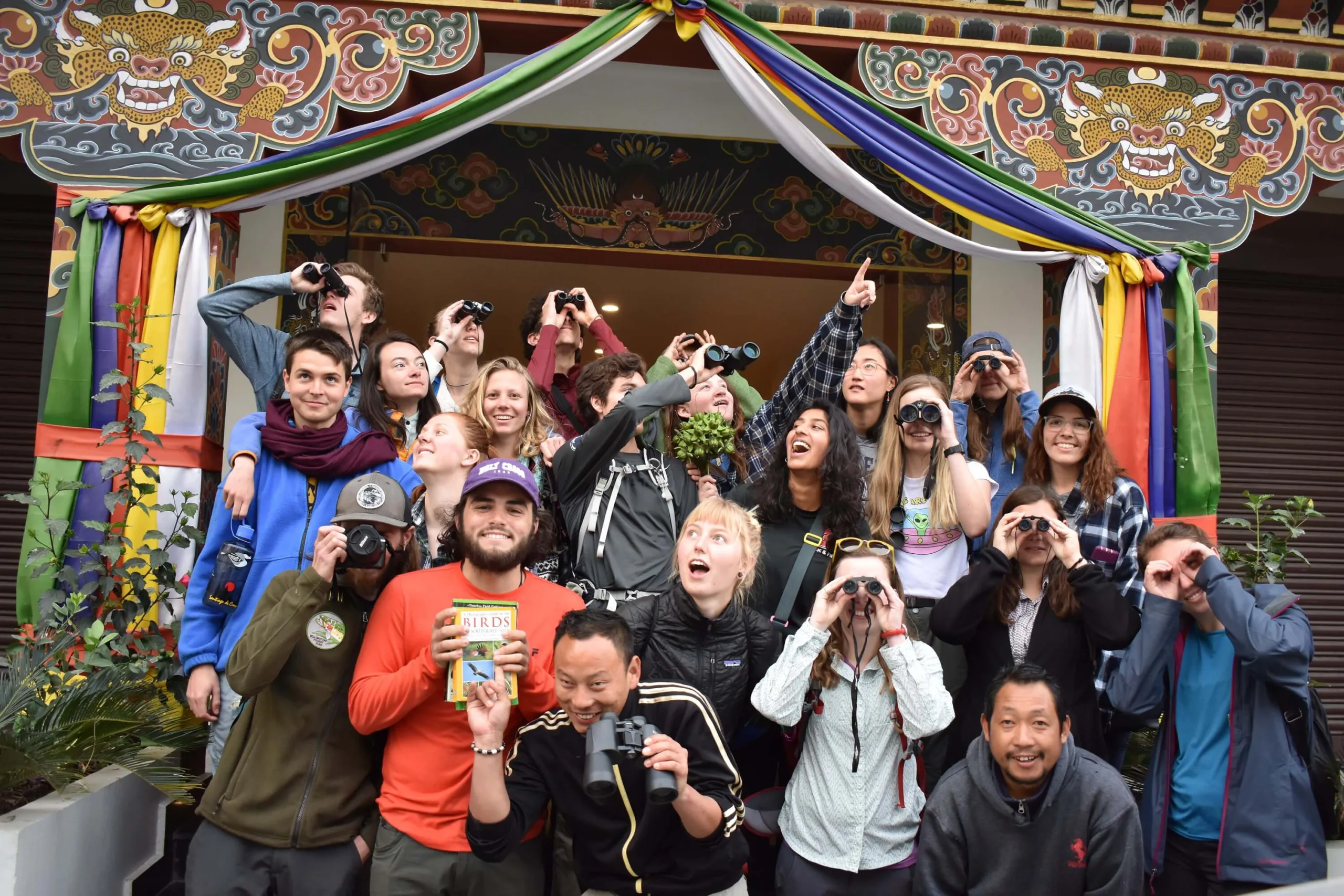
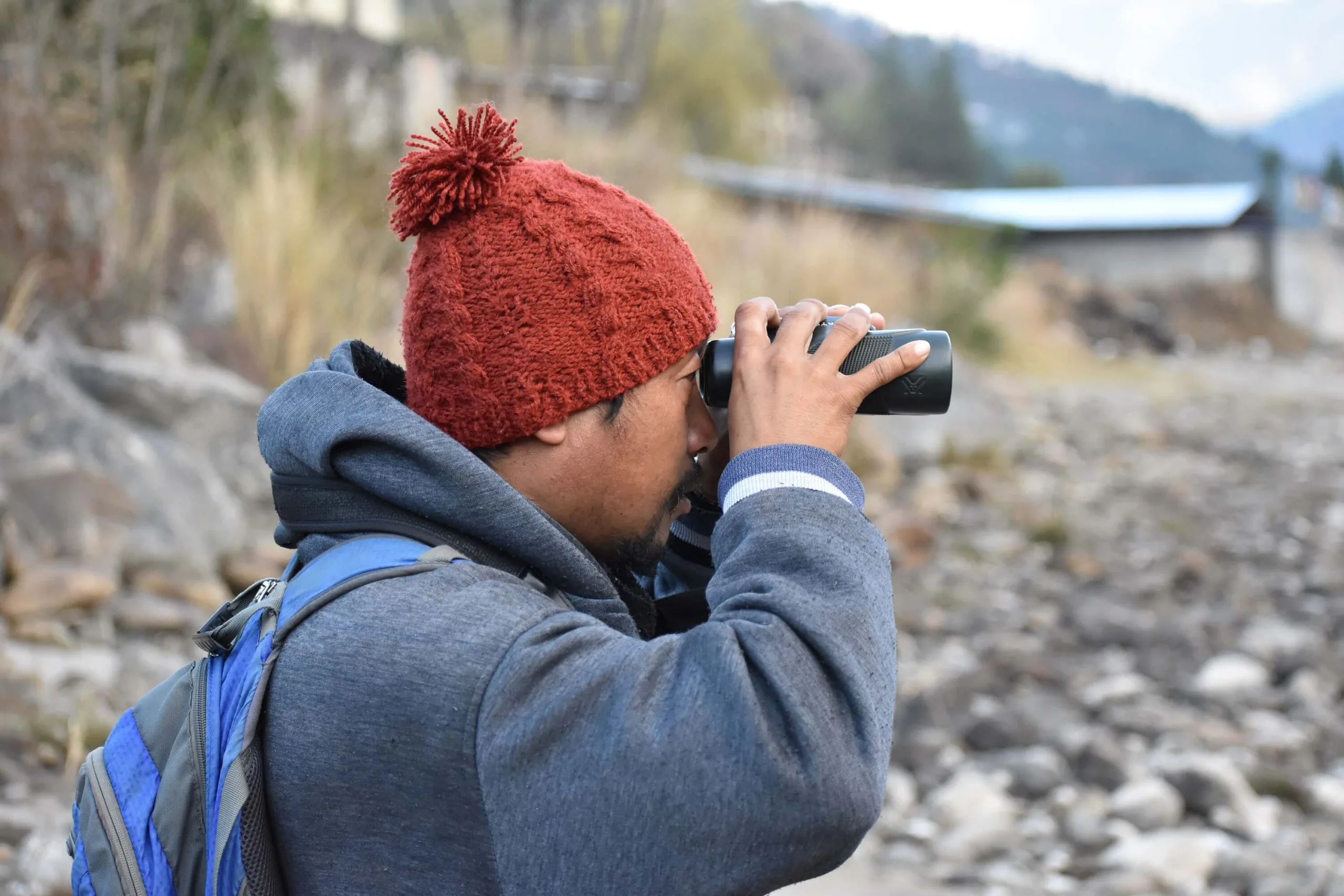
One thing that came up in student presentations and the discussions was the role of ever-increasing numbers of modern resorts in the valley. One student asked; can you stop them, these resorts? The answer to this question remains to be seen.
My concluding remarks to the students were, the cranes are beautiful birds, they roost together in a group of hundreds, and forage with a buddy. More so, the cranes share the same landscape with many other local birds, animals, local human populations. Maybe, we can learn more from these birds on how to live harmoniously in our own communities for our betterment and well-being without thinking about walls.
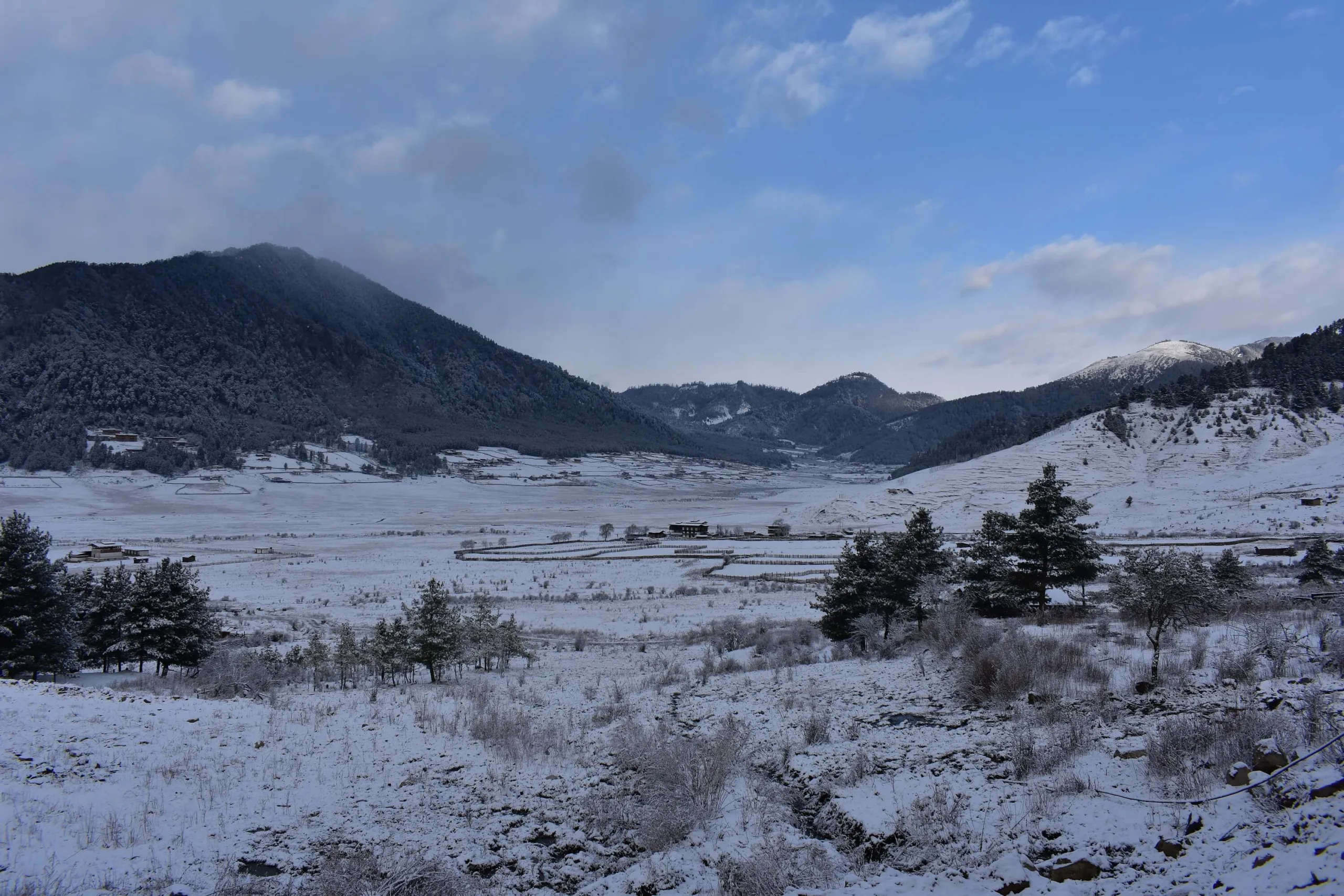
Related Posts
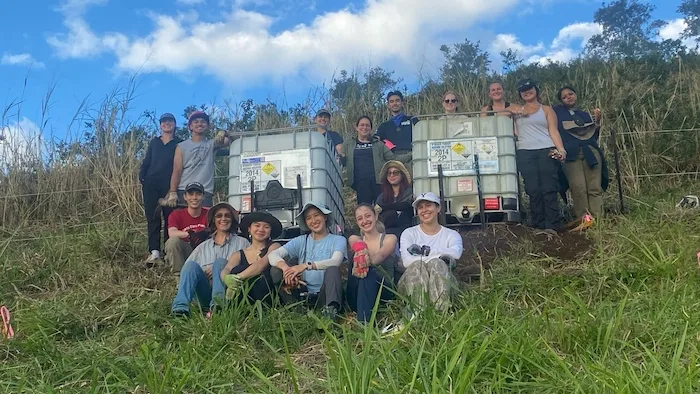
Restoration on a Cinder Cone: A Syntropic Story

